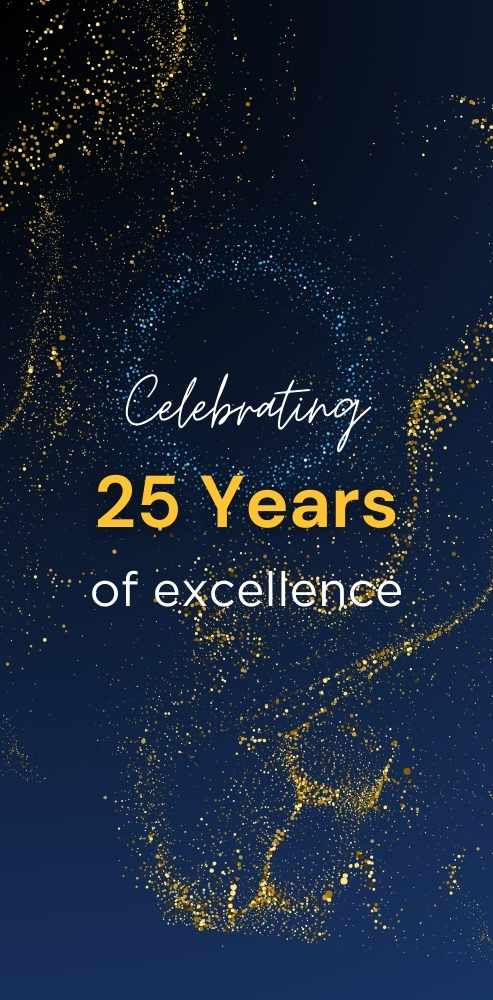The world’s marketplaces are constantly evolving and it remains to be seen what is in store for the way business and work is conducted. Organizations are beginning to adopt newer practices and trends to stay ahead of their competitors.
Key Statistics for the Future
Mckinsey, in November 2017, published a report titled ‘Jobs Lost, Jobs Gained: What the Future of Work Will Mean for Jobs, Skills, And Wages.’ The report outlines the future of the global marketplace and how the outlook for opportunities may be in the future in 2030.
- The report stated that about 50% of jobs will undergo automation. It also stated that larger percentages of people will have to resort to upgrading their skills or switch occupations.
- 75 to 375 million people will eventually need to switch occupational categories and learn new skills.
- 8% to 9% of labour workforce in the year 2030 will find labour demands in new occupations that did not previously exist.
- India’s labor force is expected to grow by about 30 percent to 138 million people by 2030. This could lead tomore employment and investment to offset automation.
- The study also stated that displaced or unemployed workers will need to be reemployed quickly to stem rising unemployment
The Four Worlds of Work
Another report by PricewaterhouseCoopers spoke about how the marketplace could be shaped by 4 worlds of work that will propel businesses to growth in 2030.
- The Red World: Organizations in the Red World are stripped down to the essentials. The RedWorld is driven by innovation and technology.Red World organizations are primarily focused on giving consumers what they want. HR processes here are viewed as peripheral and are mostly outsourced to staffing companies or contract staffing agencies.
- The Blue World: The Blue World is driven by corporate ideology. Blue World organizations are focused solely on growth and profits and see them as ways to protect their investment. In this world, there is a massive demand for the usage of automation and artificial intelligence in many of their processes. However, organizations will need to find skilled workers to handle challenges and technology. IT Staffing agencies can help in this regard.
- The Green World: The Green World consists of organizations that care about their employees, society and the environment. Green world organizations practice a lot of corporate social responsibility and take accountability for their actions. Green world organizations look at HR functions which are renamed ‘People and Society’. They adopt a broad mix of HR, marketing, corporate social responsibility and data analytics.
- The Yellow World: Organizations of the Yellow World look at people first before anything else. A lot of consumers look at Yellow World organizations and whether their practices are fair and ethical. A sense of integrity, relevance and human capital is what drives organizations in this world.
The Future of HR
Given that there will be a major shake-up in business in the years ahead, HR will also undergo a major shift in the way it is practiced in organizations.
- By the year 2021, the HR technology market is poised to be a 34 billion USD industry. A major chunk of this, about 3.6 billiondollars USD will come from markets from Asia, primarily India. There needs to be a steady flow in investing in HR technology to keep up with trends and demands, both current and future.
- Given that there will be a major rise in India’s labor force by 2030, staffing agenciescantrain prospective employees to help fill positions in organizations.
- Staffing agencieswill also need to keep up with workforce trends and demands as mentioned above and be capable of sourcingtalents for those brand-new fields which will exist in 2030.









